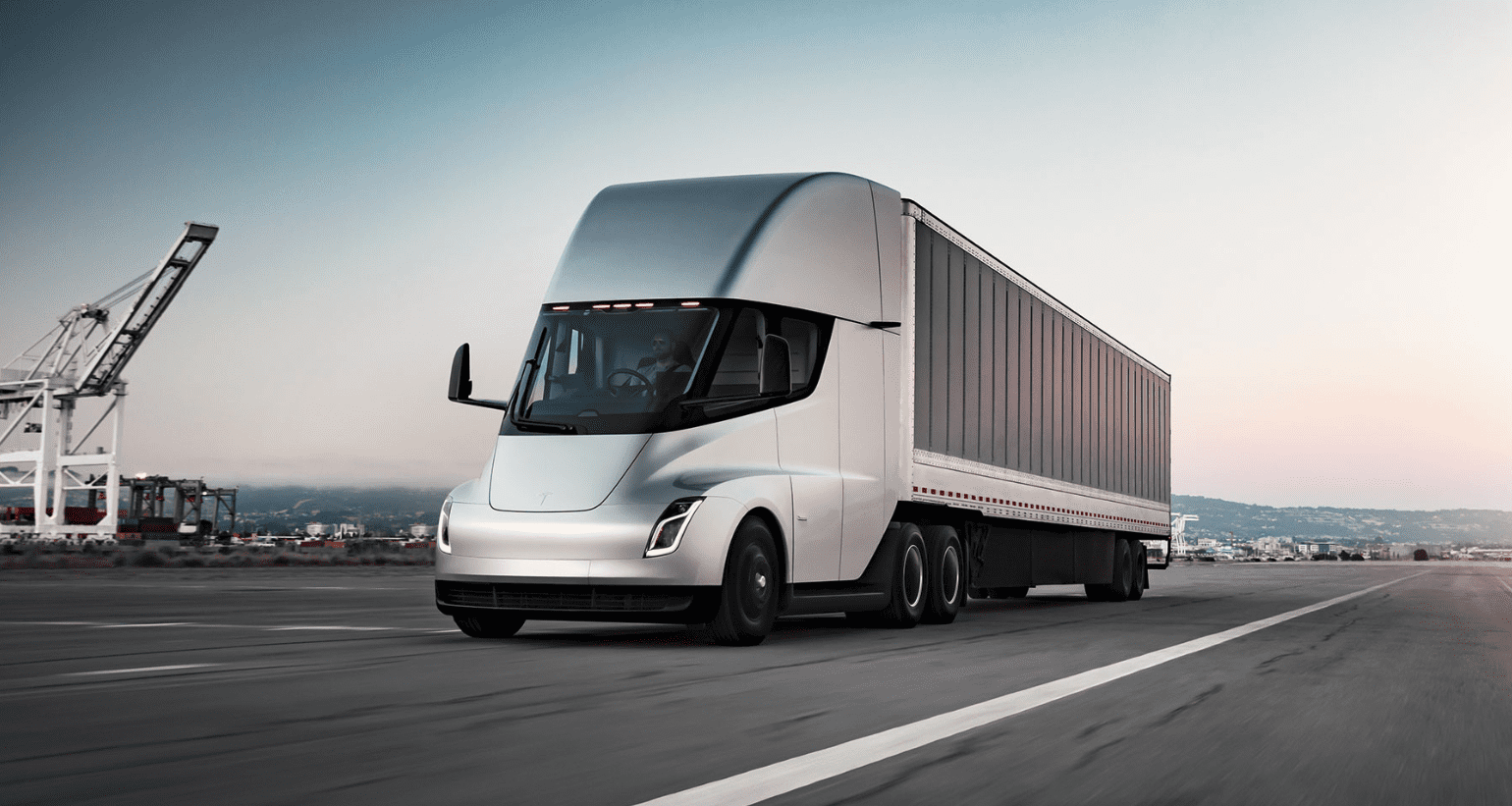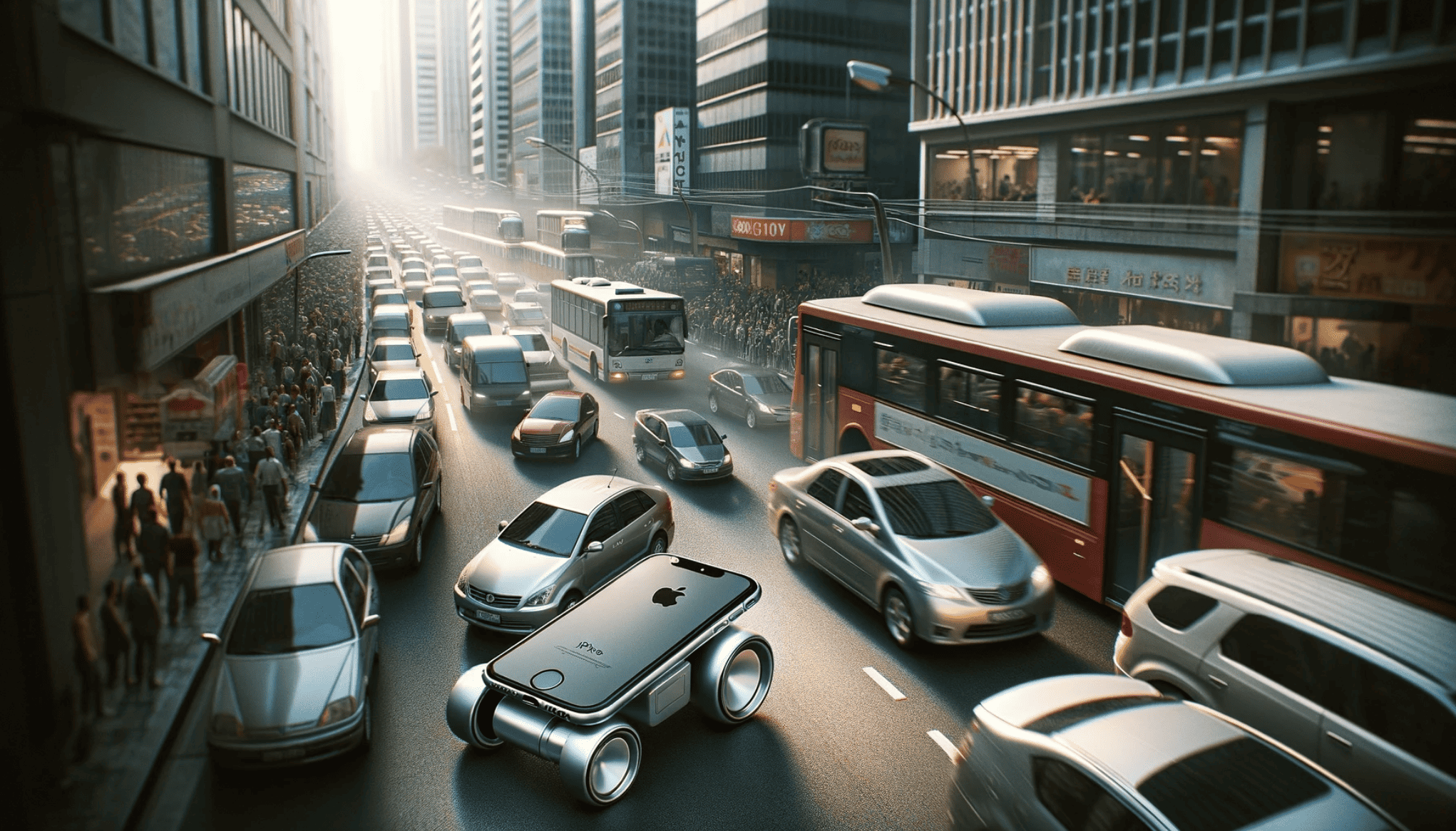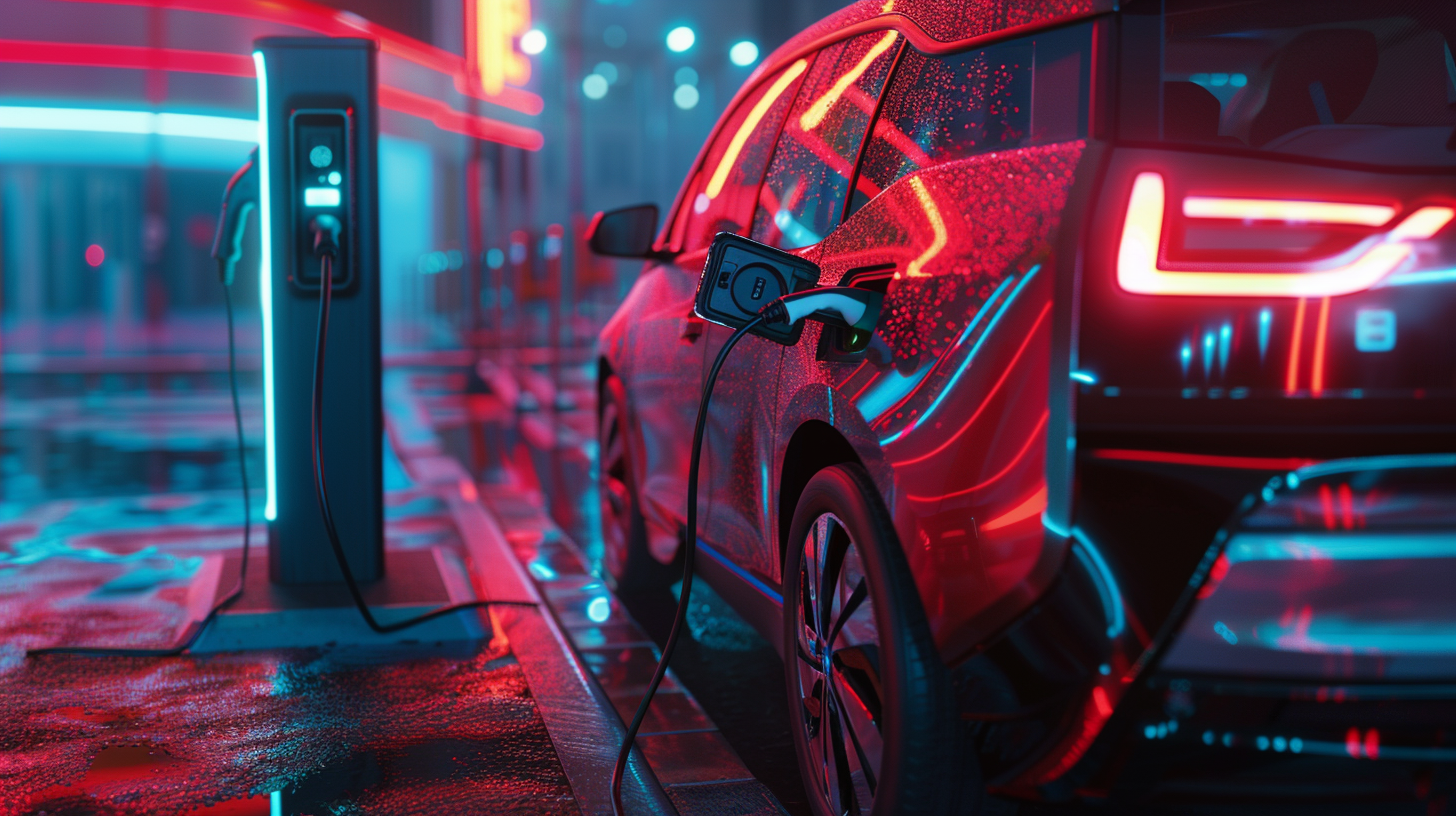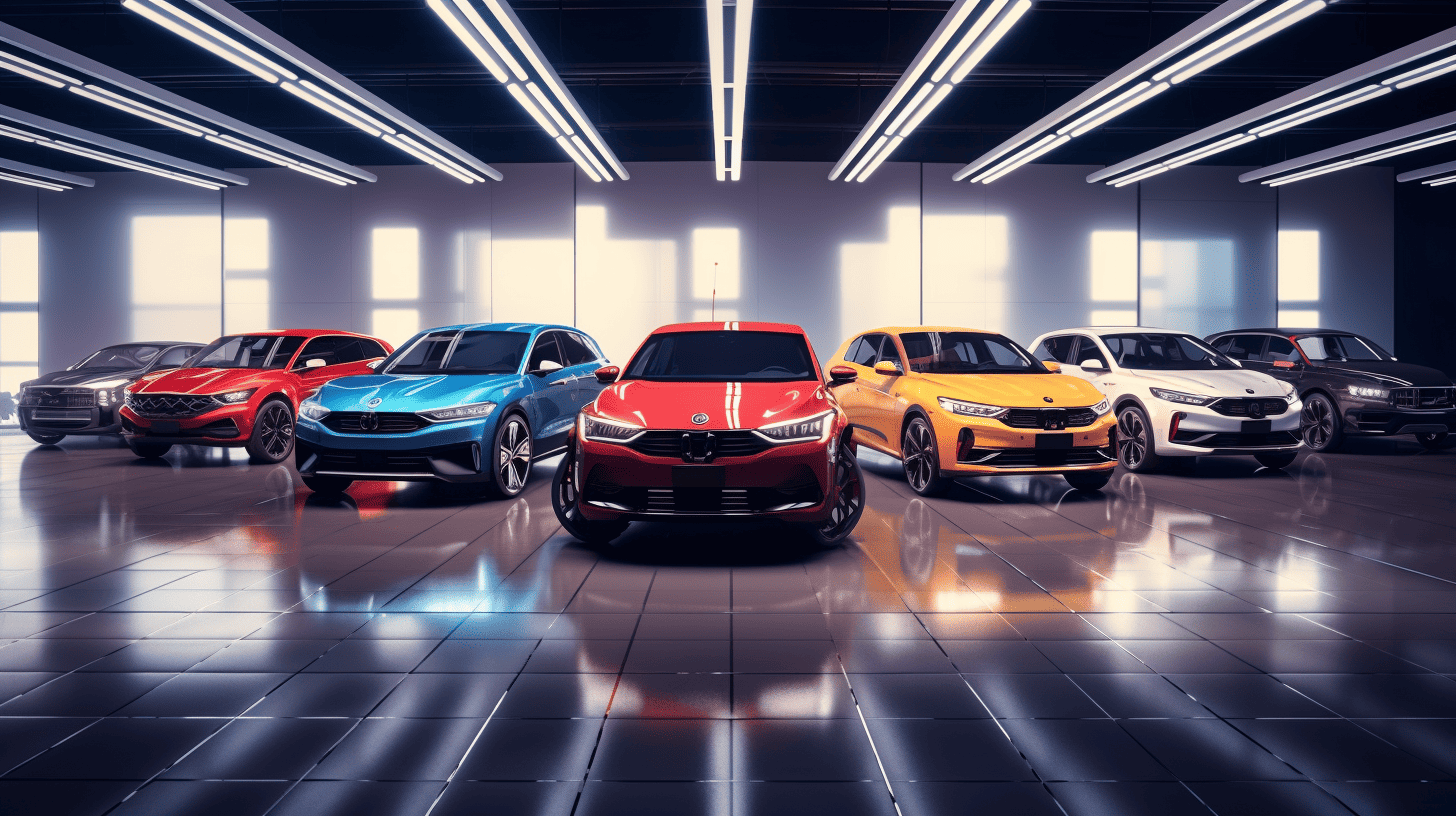
The year 2012 marked a watershed in personal transportation. Tesla’s first electric sedan appeared and set out to change the world. The classic OEMs were very relaxed about the appearance of the first luxury sedan without local emissions – and hardly any manufacturers recognized the relevance of the electric car. Until it was almost too late.
Classic manufacturers race to catch up
Then electromobility shook up the auto industry. Chinese manufacturers in particular focused on the new drive system. Their reasoning is understandable: why invest heavily in the internal combustion engine, whose days are numbered, and spend gigantic sums to catch up with Western OEMs? The pragmatic decision was made to concentrate on the electric drive. New brands such as NIO, XPENG and ZEEKR emerged.
Both European and U.S. OEMs were all late to the party. That changed between 2019 – 2022, and the race to catch up has been in full swing ever since.
Kissing hydrogen goodbye
Meanwhile, to remain competitive, further development of fuel cell propulsion for passenger cars has been put on hold largely for economic reasons. Mercedes-Benz and the VW Group have dropped out altogether, while BMW alone, like the lone remaining Gallic village from Asterix and Obelix, remains steadfast in Europe and is currently launching a small series of an iX5 Hydrogen.
The trucking business is different
The trucking business is completely different. Here, most manufacturers are focusing on battery-electric and fuel cell drive systems: the fuel cell for the long haul and the battery for the medium and short hauls.
As of December 1, 2022, this strategy could also prove flawed. Tesla seems to be repeating the stunt for electric mobility. This time, the Americans could revolutionize heavy-duty transport. “Could,” because many parameters are still fuzzy.
800 kilometers on a full charge
Although a fully-loaded semi-truck managed 800 kilometers on a test drive, to date it is still not known how much payload the truck actually had because the information on battery weight and thus the weight of the tractor unit has not been published. And no one outside the company knows the current purchase price of a Tesla semi. That makes a total cost of ownership calculation pretty much impossible.
Despite this, however, the semi seems to be as revolutionary as the Model S, X, 3 and Y were in their day. A distance of 800 kilometers is more than enough, even by European standards, if you observe the legal driving and rest times.
Truck drivers are allowed nine hours behind the wheel in a 24-hour period. Twice a week, driving time may be increased to 10 hours. A 45-minute break must be taken after 4.5 hours at the latest. In these 45 minutes, a semi could already have refueled enough power to complete the rest of the driving time without further recharging until the first long stop.
Infrastructure
Of course, this only works with suitable infrastructure, which must provide sufficient Megachargers, among other things. Megachargers are capable of providing charging power of up to 1 MW.
In contrast to hydrogen filling stations, the installation price of Megachargers is likely to be lower. But the biggest unknown remains the trend in energy prices, especially in Germany. The energy turnaround and current energy crisis mean that the cost calculation for an electric truck currently looks very bad. The situation is different in the rest of Europe. The Scandinavian countries in particular could benefit here, both in terms of price and emission levels.
Problems also arise with regard to rest facilities on the highways. Even today, many rest areas are already completely overcrowded overnight.
The “traffic” turnaround
The traffic turnaround in Europe could work, provided Germany can get its botched energy turnaround on a secure footing. It doesn’t look like that’s going to happen at the moment. Along with Poland, emissions per kWh in Germany are currently the highest on the continent. This will hardly change in the future because the wrong priorities continue to be set in the energy mix. Energy prices in Germany are also the highest in Europe.
So has the hydrogen truck been put on hold for the time being?
Hardly. Just as BMW continues to back the fuel cell, the major truck manufacturers are likely to remain open to technology. But it will be the market that decides; for freight forwarders, it’s not the technology that counts, but the total cost of ownership and infrastructure.
It’s quite possible that Musk will then be able to repeat his stunt with the semi.








